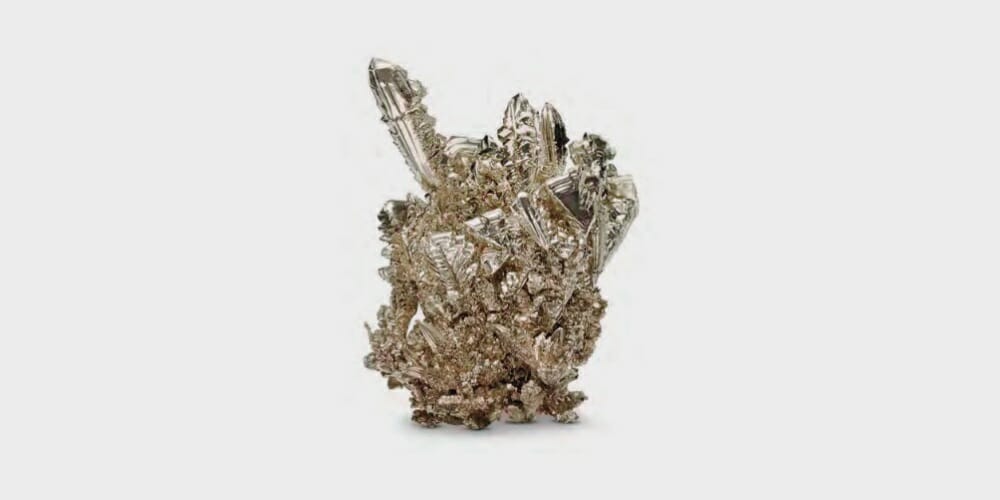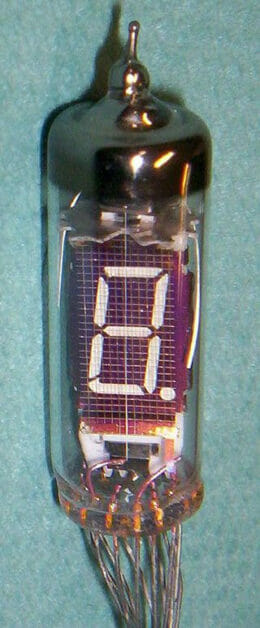Is Calcium a Good Conductor of Electricity?

Calcium is a metal, and it, therefore, conducts both electricity and heat. But what about its relative electrical conductivity, i.e., how good of a conductor of electricity is it? Before explaining in detail, here’s the short answer:
Calcium conducts electricity well. Its electrical conductivity is 2.9×107 S/m. It is worse than copper and aluminum by volume but better by mass. It is also a better conductor than potassium and other transition metals generally. However, calcium is unsuitable for electronic circuitry and wiring use because it is highly reactive.
I will explain why the electrical conductance of calcium matters and its electrical properties in detail to determine how well calcium conducts electricity below.
Calcium’s Electrical Conductance
Calcium’s electrical conductivity is 2.9×107 S/m.
Electrical conductivity is measured as a ratio of current density to the applied electric field and is measured in siemens per meter (S/m) (or ohm-1m-1 in SI). It varies with temperature and is limited by material characteristics.
Calcium Compared to Copper and Aluminum
Calcium is a poor electrical conductor compared to copper and aluminum so you won’t see calcium used in electrical wiring.
Both copper and aluminum are better electrical conductors than calcium by volume. But calcium is a better conductor by a mass due to its very low density, lower electrical resistance, and the way it reacts with atmospheric oxygen to form calcium oxalate.
Calcium Compared to Potassium
Calcium is a better conductor of electricity than potassium.
This is due to how calcium conducts electricity, whereby its electrons only move in one direction.
Calcium Chloride Compared to Sodium Chloride
Calcium chloride is more concentrated than sodium chloride because it has an extra ion. It has 3 as opposed to 2. [Orlovsky, 2023]
Calcium Compared to Other Transition Metals
Examples of transition metals are cobalt, iron, and molybdenum. Copper is also included in this category of metals.
Although transition metals have more delocalized electrons than calcium, calcium has a larger atomic radius. This makes electricity flow more easily, and calcium, thus, has higher electrical conductivity in general.
How Well Calcium Conducts Electricity
What Makes Calcium a Good Conductor?
As in other metals, the electrons in calcium’s atoms are also free to move.
It has two valence electrons that can dissociate easily to enable the flow of electricity due to their distance from the nucleus of each atom.
Calcium is generally a good conductor of electricity for several reasons:
- The low electrical resistance makes it a good conductor by mass.
- Calcium reacts well with oxygen in the air to form calcium oxalate.
- Calcium has metallic bonding, which helps delocalize electrons in the outer shell so they can move freely and pass through to the inner shell without absorption.
Why it Matters
Whether calcium conducts electricity matters because:
- As calcium carbonate, it deposits on hot surfaces in boilers and is found in various foods.
- As calcium chloride, it is a good conductor when molten.
- It is used in calcium-based paints and varnishes as calcium hydroxide and silicate.
- As calcium oxide, it is used in cement, as it helps it harden.
- As calcium phosphate, it hardens bones and is used as ‘china’ in cutlery.
- As calcium sulfate, it is used to make chalk, plasterboards, and Plaster of Paris.
Calcium is very important in our diet.
The Usefulness of Calcium’s Electrical Conductance
The Unsuitability of Calcium for Wiring
Despite calcium’s good electrical conductance properties, it is not useful in its pure metallic form in any structured condition.
Furthermore, it is highly reactive. When exposed to air, it forms a gray oxide with a nitride coating. This makes it unsuitable to use calcium in electronic circuitry or household wiring.
Other Uses of Calcium
As a reducing agent, calcium is used to prepare various metals and other materials, including glass, plastics, and ceramics.
In electronics, calcium is used as a getter in low-noise valves. Some thermionic vacuum tubes and fluorescent displays’ cathodes were also coated with calcium oxide.

Calcium Deep Dive
Appearance and Properties
Calcium is a soft alkaline earth metal that looks silvery-white. It reacts with water and tarnishes quickly in the air.
Predominance
Calcium is the fifth most common element on earth and the most abundant in the human body.
It is usually found in various compounds where carbonate predominates and is a reducing metal. [Chambers, 1991]
Chemical Classification
Chemically, calcium is classified as a metallic element with the chemical symbol Ca.
Humphry Davy discovered calcium in 1808 as one of nine elements produced when electric currents split chemical compounds in an electrolysis process. The name is derived from the Latin word calx, which means lime. Its valence number is 2.
References
Tom Jackson. The periodic table book: A visual encyclopedia of the elements. Dorling Kindersley. 2017.
Chambers. Chambers science and technology dictionary. Chambers. 1991.
